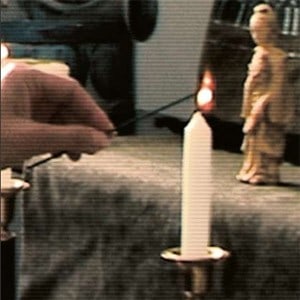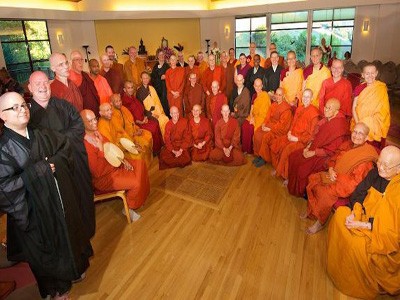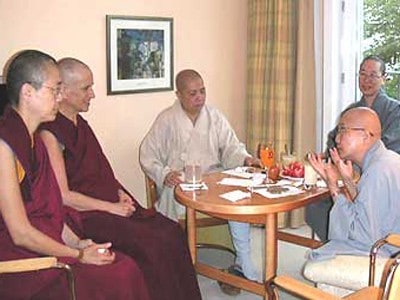The five points

This article was published in the print edition of Buddhadharma Summer 2010.
The following five-point agreement was drafted by Ajahn Sumedho and his senior monks on August, 2010 and presented to the nuns at Amaravati and Cittaviveka monasteries in Britain. Agreement on the five points was a condition for future ordinations of women in the Forest Sangha community.
- The structural relationship, as indicated by the Vinaya, of the Bhikkhu Sangha to the Siladhara Sangha is one of seniority, such that the most junior bhikkhu is “senior” to the most senior siladhara. As this relationship of seniority is defined by the Vinaya, it is not considered something we can change.
- In line with this, leadership in ritual situations where there are both bhikkhus and siladhara—such as giving the anumodana [blessings to the lay community] or precepts, leading the chanting or giving a talk—is presumed to rest with the senior bhikkhu present. He may invite a siladhara to lead; if this becomes a regular invitation it does not imply a new standard of shared leadership.
- The Bhikkhu Sangha will be responsible for the siladhara pabbajja [ordination] the way Luang Por Sumedho [Ajahn Sumedho] was in the past. The siladhara should look to the Bhikkhu Sangha for ordination and guidance rather than exclusively to Luang Por. A candidate for siladhara pabbajja should receive acceptance from the Siladhara Sangha, and should then receive approval by the Bhikkhu Sangha as represented by those bhikkhus who sit on the Elders’ Council.
- The formal ritual of giving pavarana [invitation for feedback] by the Siladhara Sangha to the Bhikkhu Sangha should take place at the end of the Vassa as it has in our communities traditionally, in keeping with the structure of the Vinaya.
- The siladhara training is considered to be a vehicle fully suitable for the realization of liberation, and is respected as such within our tradition. It is offered as a complete training as it stands, and not as a step in the evolution towards a different form, such as bhikkhuni ordination.


